Digital detox and slow living are becoming more essential than ever. Screens are everywhere: in our hands, on our walls, in our pockets, and even on our wrists.
From work emails to news updates, social media to streaming, our digital lives rarely stop — and neither do our minds.
That’s where the connection between digital detox and slow living begins.
Slow living is about intentionality, presence, and creating space for what really matters. But how can we cultivate that space if we’re constantly bombarded by notifications, distractions, and digital noise?
Let’s explore why stepping away from screens is becoming an essential part of the slow living lifestyle, and why it’s not about rejecting technology, but redefining our relationship with it.
Why Excessive Screen Time Disrupts Digital Detox and Slow Living
Excessive screen time interrupts our ability to live slowly and intentionally.
According to Harvard Business Review, prolonged screen exposure — especially via smartphones — leads to what they call an “anxiety-distraction loop,” where deep focus becomes nearly impossible due to constant context switching.
In this context, a digital detox isn’t about rejecting technology. It’s about rethinking how we relate to it, using it with purpose rather than compulsion.

Digital Detox as a Lifestyle Movement
The concept of digital detox and slow living isn’t new, but it has gained remarkable momentum in recent years as more people begin to question the effects of constant digital engagement.
In a world where attention is a commodity, hyperconnectivity has become the default. Yet this always-on state often comes at a personal cost. Many people feel increasingly drained, distracted, and disconnected from real life, even while staying digitally “plugged in.” The pace of online life — rapid-fire news, endless scrolling, algorithm-driven content — contributes to mental fatigue, emotional overwhelm, and a diminished sense of real connection.
An article by Harvard Health Publishing discusses how “dopamine fasting,” a form of digital detox, aims to reduce our dependence on instant gratification and overstimulation. The goal is to restore mental clarity, reduce anxiety, and rekindle appreciation for everyday moments.
These movements aren’t anti-technology. They’re centered on intentionality — a conscious effort to reclaim control over how we use our time and attention.
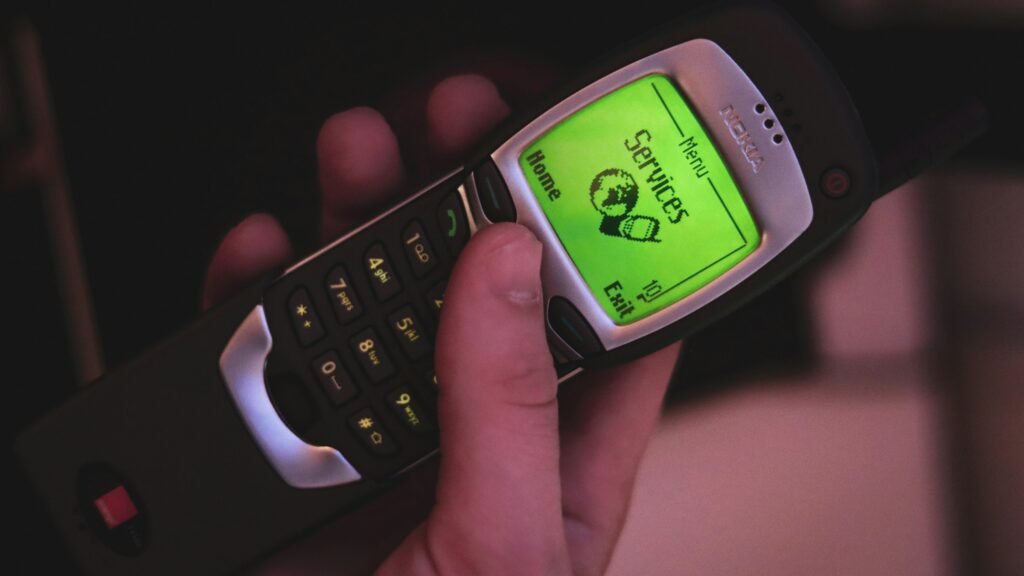
Is Digital Detox Just a Privileged Escapism?
Despite its growing popularity, digital detoxing is not without criticism.
Some argue that choosing to disconnect, even temporarily, is a privilege and feels unrealistic in a world that relies on constant connectivity. Remote work, banking, education, healthcare, and even friendships are now largely dependent on being online.
Others view digital detox as escapism — a nostalgic attempt to return to a slower time that no longer exists. For those who remember life without constant notifications, the desire to unplug may stem from a longing to recreate aspects of that simplicity, even if briefly.
But the real question isn’t whether we can live without technology. It’s whether we can continue to live well with it.
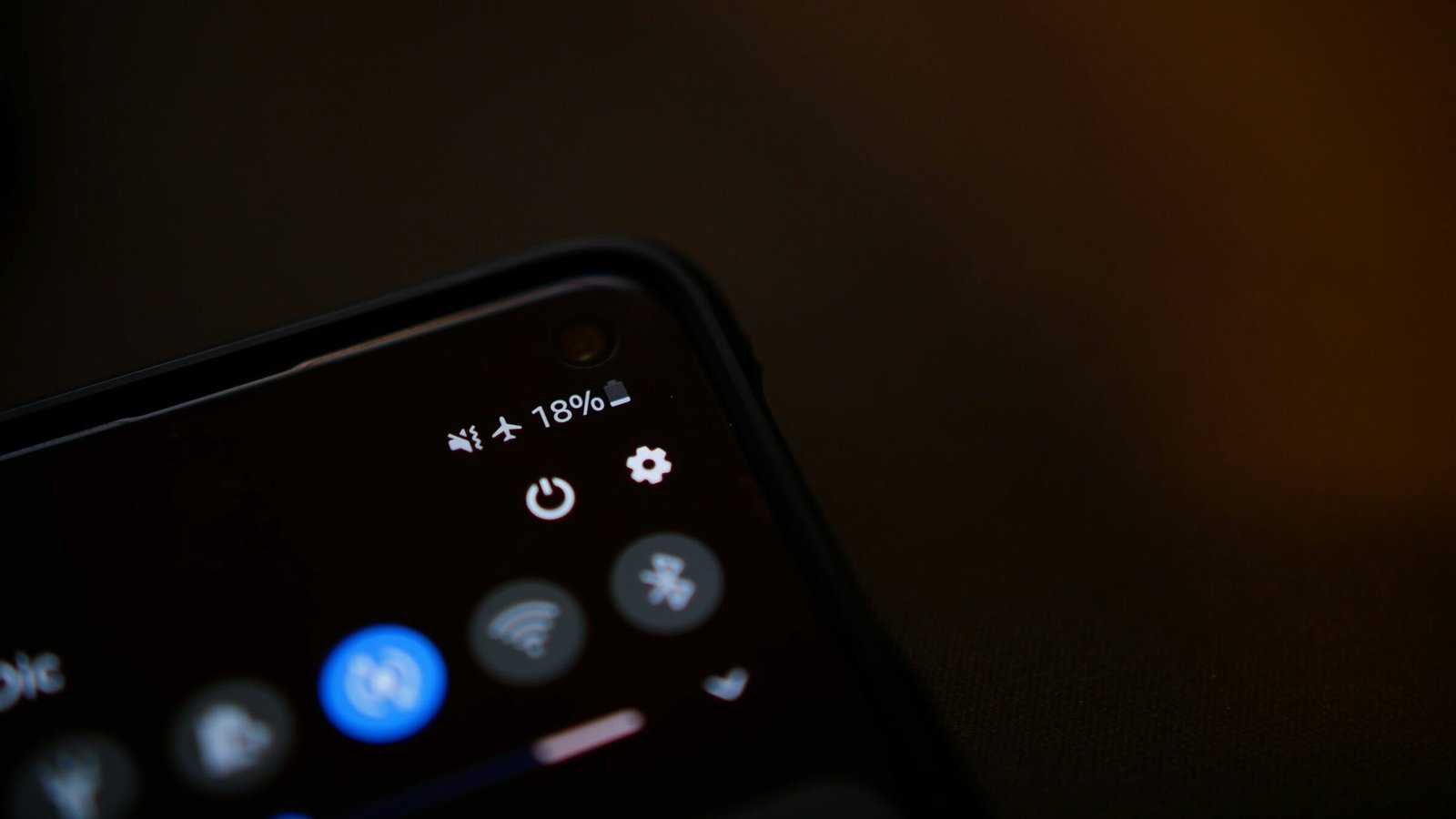
Constant Connectivity Challenges the Slow Living Lifestyle
A complete digital detox may not be feasible for everyone. Still, a life of nonstop digital input is unsustainable.
Humans weren’t designed to absorb the overwhelming volume of information we face each day. The constant stream of updates, messages, and notifications fragments our attention and drains our mental energy. Beyond the cognitive strain, there’s a deeper issue: Do we truly benefit from knowing what a distant acquaintance ate for brunch? Is every trending video or viral meme worth our attention?
What we need isn’t total disconnection, but balance — a reflective and conscious relationship with technology, where digital tools support our values rather than dominate our lives.
Final Reflection: A Digital Life Lived Slowly
In a world where screens often dictate our pace, it’s easy to forget the value of slowing down. Embracing a slow living mindset in the digital age means redefining how we interact with technology. It’s about creating space for presence in a landscape of constant distraction.
A digital detox, while helpful, is only part of the equation. The heart of digital detox and slow living lies in balance — the ability to stay connected without losing touch with ourselves and our surroundings. Choosing when and how we engage allows us to make technology serve us, not the other way around.
As we move through the complexities of modern life, mindful use becomes essential. Slowing down helps us reconnect with what matters: presence over productivity, connection over consumption, and simplicity over noise.
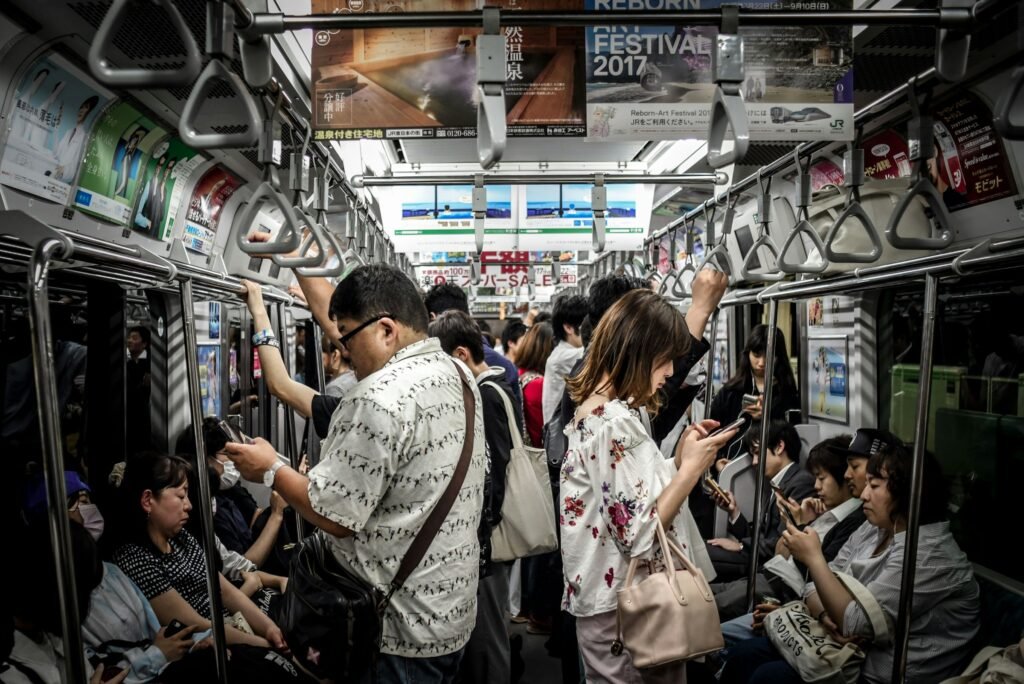
Sources:
Harvard Business Review: Are You Stuck in the Anxiety-Distraction Feedback Loop?
Harvard Health Publishing: Dopamine fasting: Misunderstanding science spawns a maladaptive fad
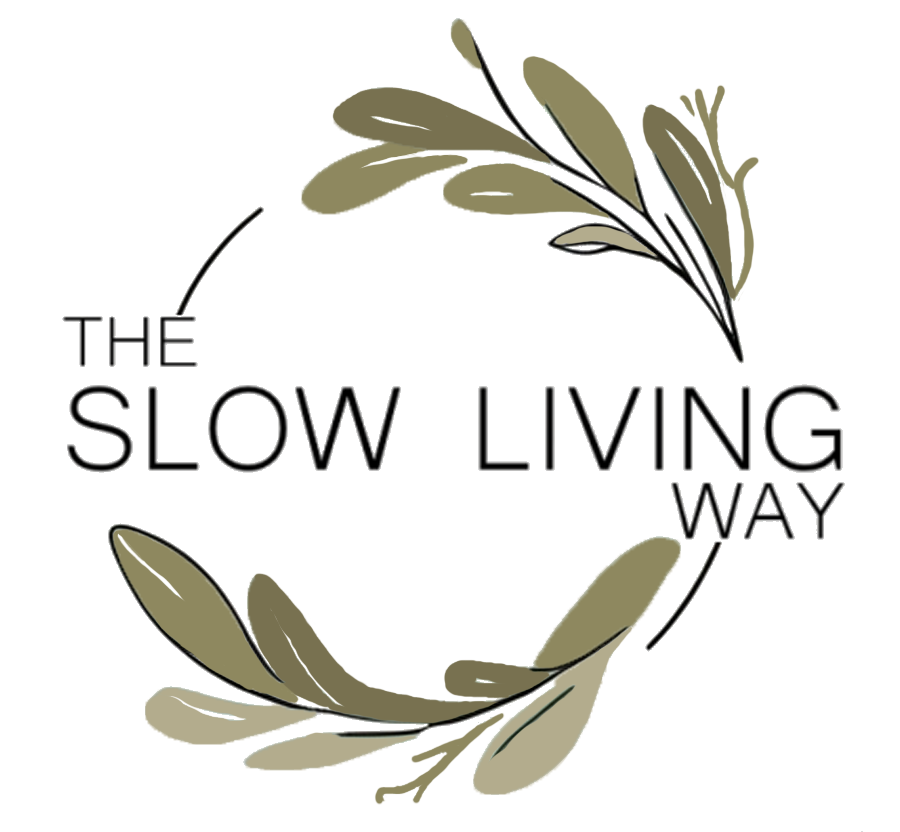
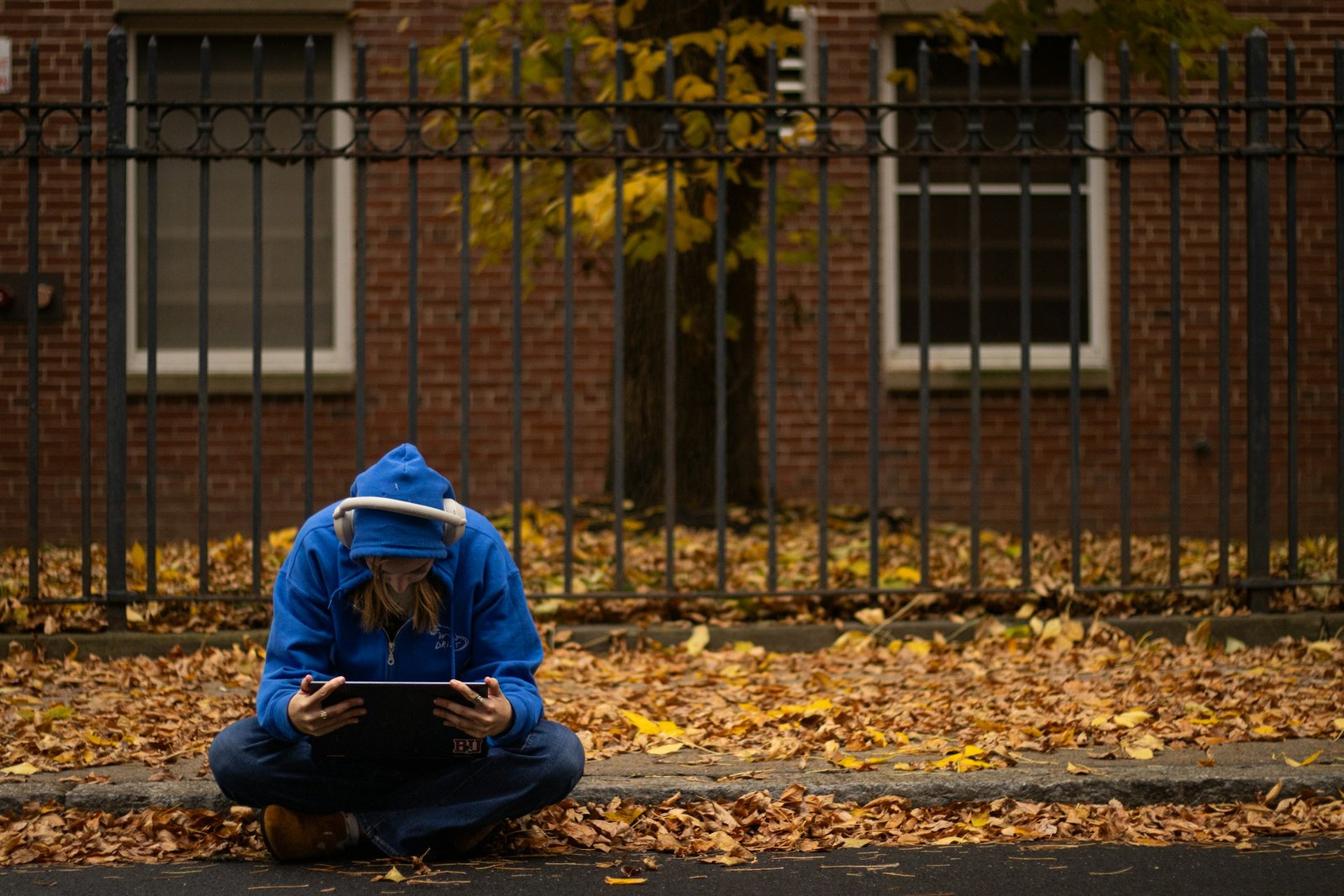
No responses yet